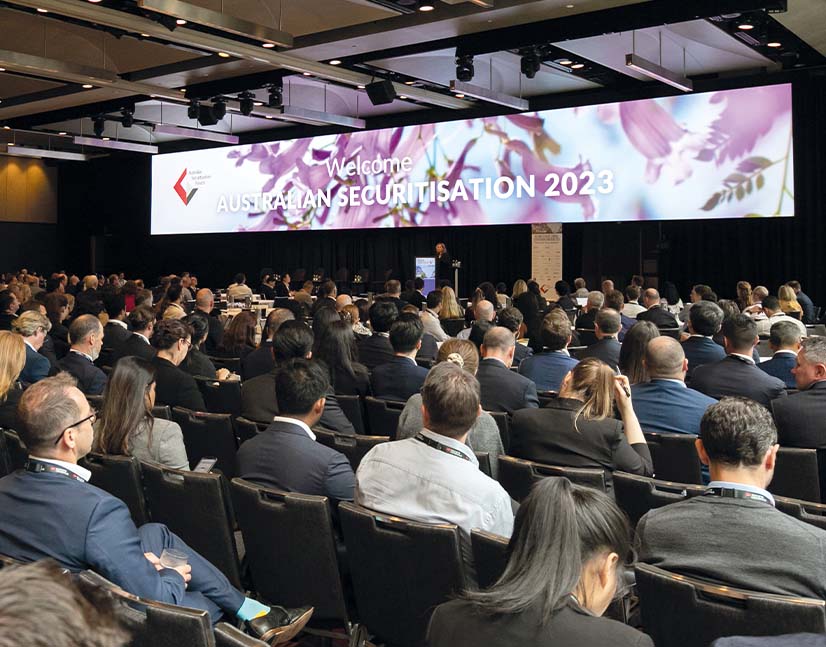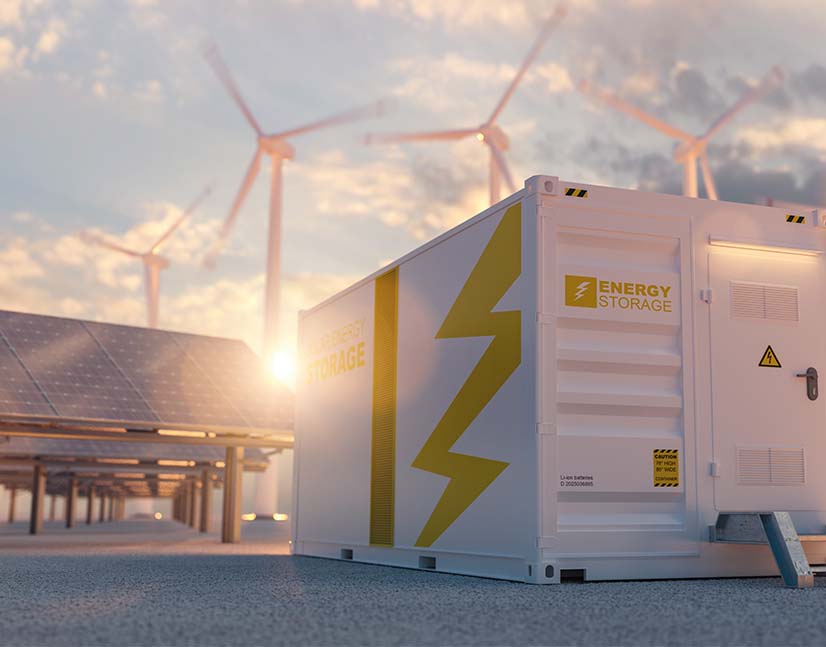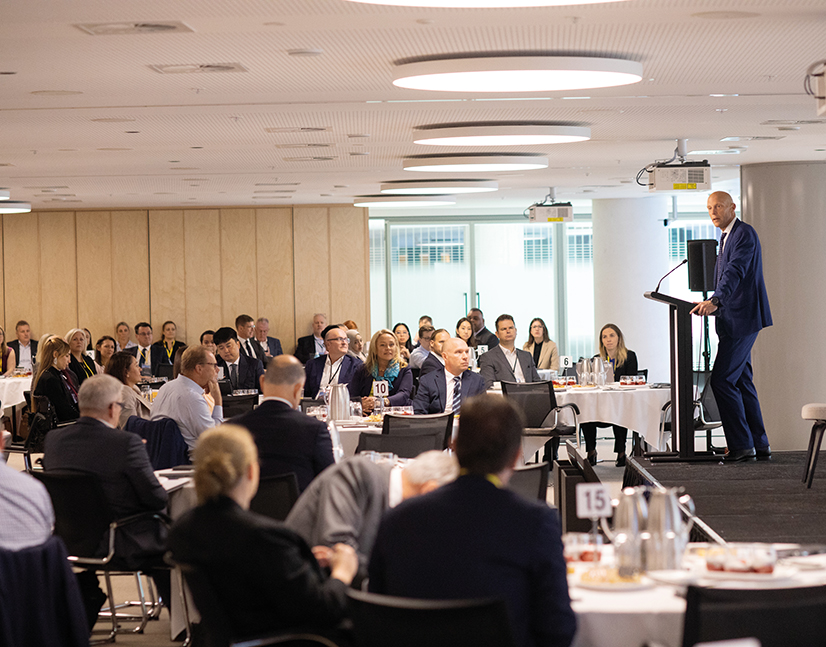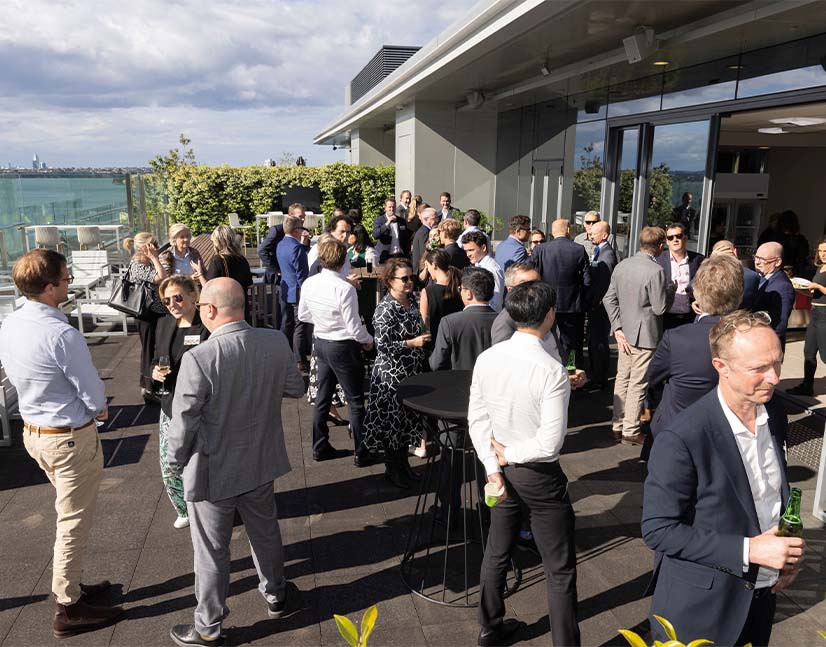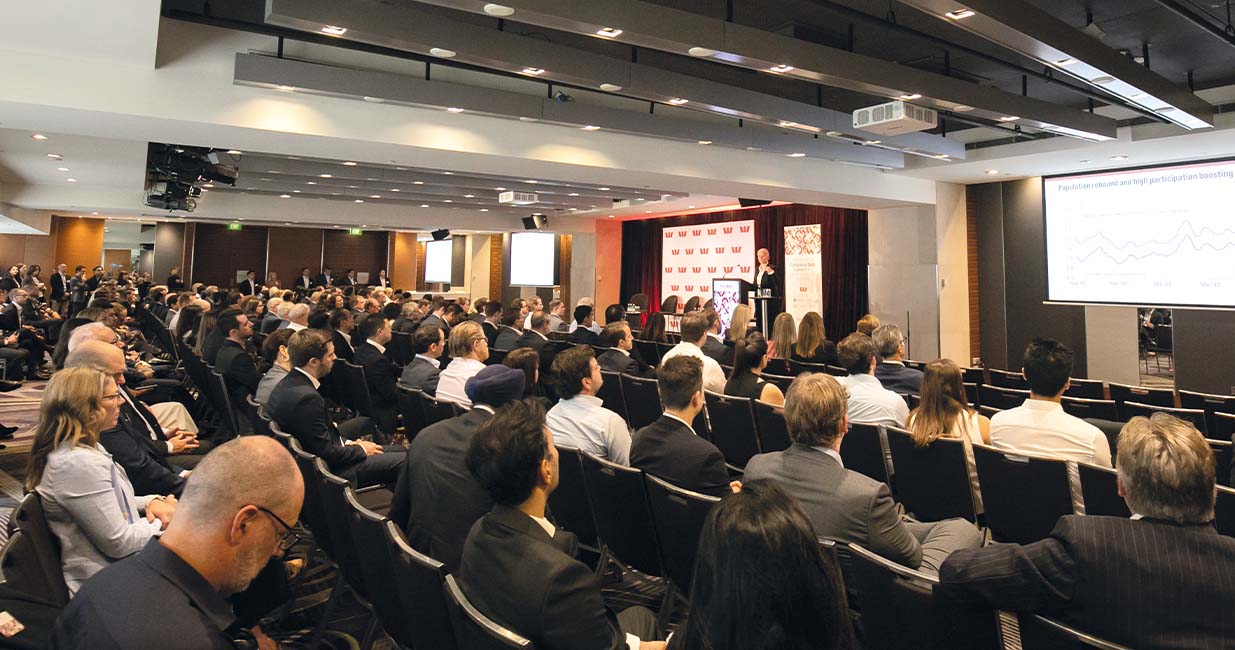
Resilience to the fore in corporate Australia – in funding as in business
The KangaNews-Westpac Institutional Bank Corporate Debt Summit 2023 took place in Sydney in mid-October. A record number of delegates gathered to discuss the present and future of the Australian corporate environment, from the economic outlook and business conditions to the forthcoming impact of generative AI. In the mix was a steady but unspectacular corporate bond issuance environment that belies fundamental growth in domestic credit.
“There is a genuine capacity issue in the building industry. It is not just a zoning problem or an approval process problem, as we can see from the number of properties that have already been approved – it is a building problem. This is something we need to bear in mind in the economic outlook and policy discussion."
“The US Inflation Reduction Act is very important for the green transformation in the US, but it is also really expansionary in fiscal policy terms. There are very different approaches to the fiscal stance and fiscal discipline between the US and Australia. No matter how you slice it, the Australian fiscal sector simply isn’t imparting the same level of stimulus as the US.”
“It is clear that volatility in rates is going to remain a challenge for issuers and investors. But the pipeline of debt capital markets activity is quite strong. This includes the transition to net zero, which is one of the most significant challenges facing corporate Australia and the nation. To meet the national target of reducing emissions by 43 per cent below the 2005 level by 2030 will require every industry, corporation and household to take action.”
“As an ASX 300 listed company, our investors and the proxy advisers have, frankly, had very little engagement with us on ESG issues. We always prepare for questions on sustainability but I estimate that more than 90 per cent of the questions we get on roadshows remain on the fairly traditional areas of financial metrics and growth. I suspect this is because we are a relatively small company and a relatively low emitter – attention may be more on the harder-to-abate sectors.”
“The reality is metallurgical coal is going to be around for a very long time – there is no practical alternative product from a technology point of view, so it is going to take a long time to replace, regardless of what we might want. Thermal coal, obviously, much less so. At some point in time, the practical alternatives will take over – though I’m not brave enough to say exactly when this might be.”
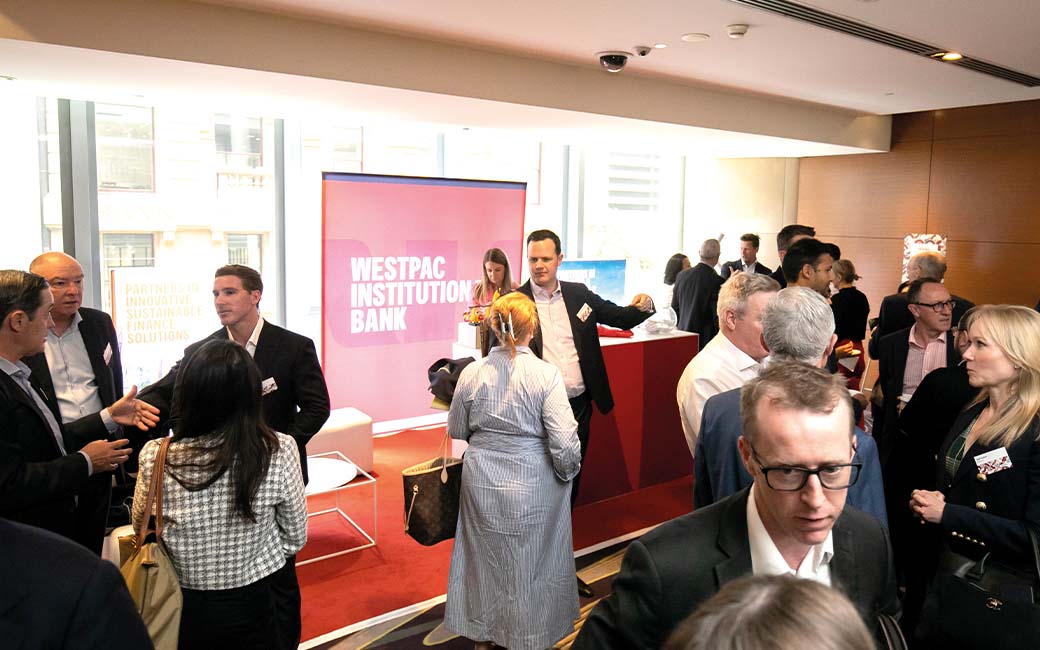
“There has been quite a significant fall in availability of capital and quite a significant increase in its cost. However, while we have all the same economic themes in Australia as in the US, they are all a little less so. Our cost of credit has gone up by tens of basis points in Australia, whereas in the US it has gone up by several hundred basis points.”
“We have been able to issue more in Australian dollars than has historically been the case. Part of this comes down to larger ticket sizes from our traditional domestic investors, which potentially reflects increased allocations to fixed income. The other aspect is the diversity of investors in the Australian dollar market – in particular, greater participation from Asia – which was notably strong in our most recent benchmark.”
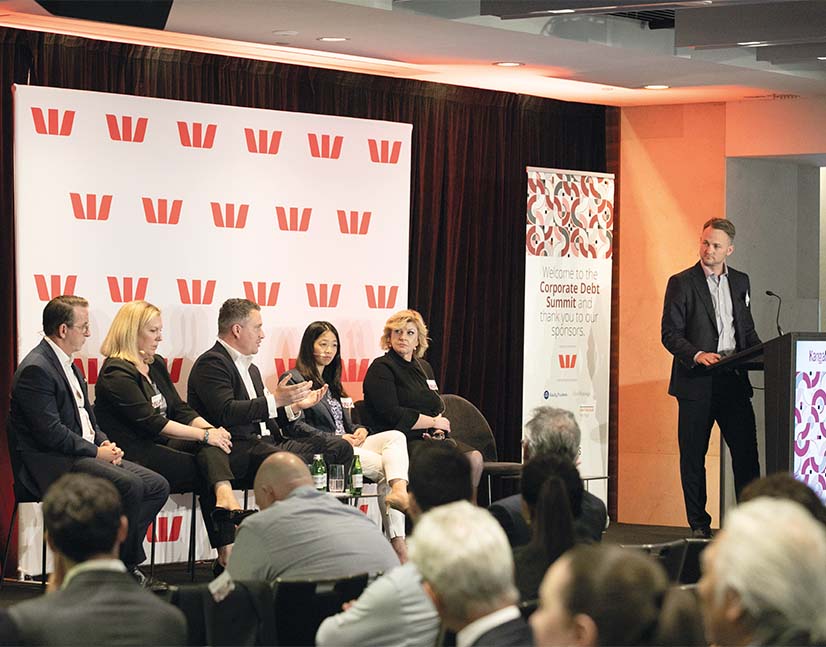
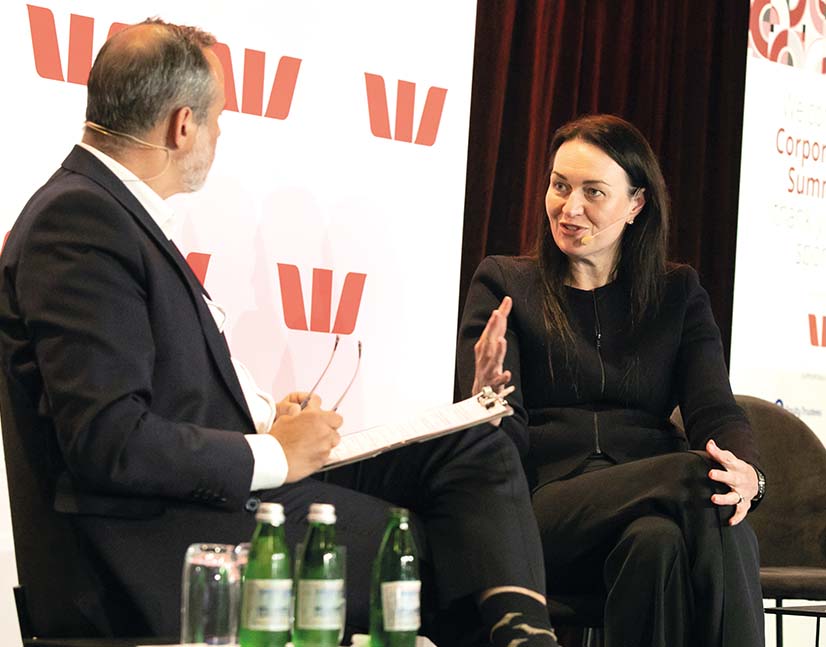
“The pay-down of the TFF coming just after the removal of the CLF is effectively a double hit for bank funding. And yet the market has been really resilient, and Westpac has already paid back A$18 billion of its A$30 billion of TFF debt. If someone had told me a couple of years ago that we would be seeing A$8 billion book sizes for major banks with five-year spreads in the 90s [basis points over swap], I’m not sure I would have believed them.”
“The lag from policy change has been long and variable, but there are early signs that we will enter a recession. The investor mindset is thus that things are fine now but there could be clouds on the horizon. In these circumstances, what gets me interested in a transaction is starting at a level that looks more than good value, that attracts a number of investors and thus builds confidence that the price discovery process will be robust.”
“We started investing in private debt last year, and we did so because of very attractive risk-adjusted returns and lack of supply in the public market. We can look at offshore deals, financials and convertibles. When the supply of corporate bonds has been low, we have participated in transactions that are a little tight for our liking – because we believe scarcity can drive strong secondary performance. We are able to engage on options outside the traditional financial and corporate supply – it is so hard to get set otherwise.”
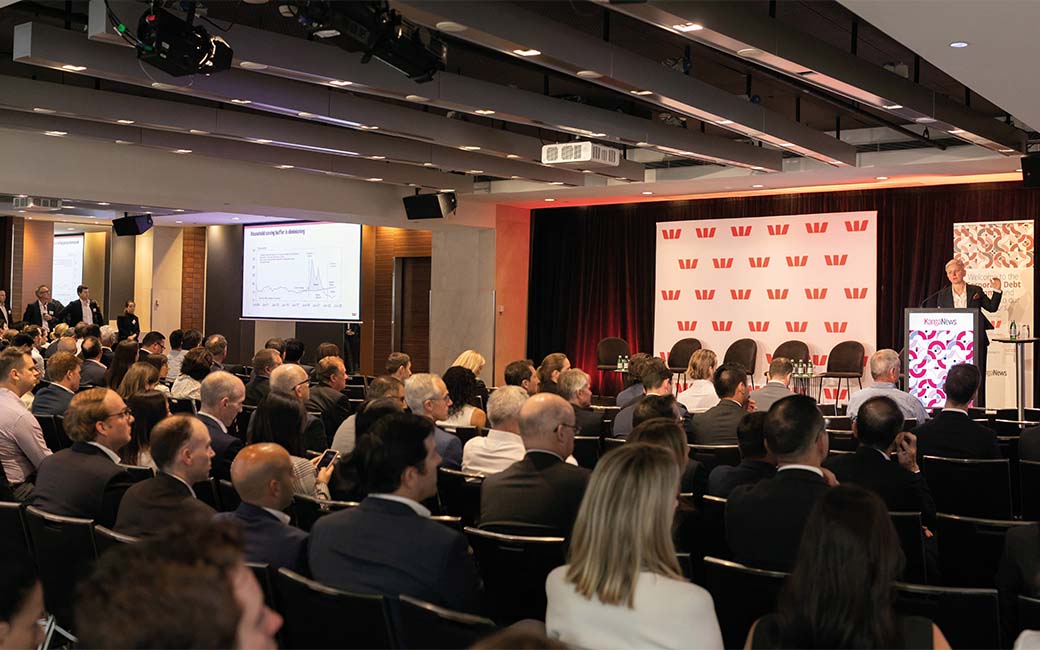
“It is currently not that hard to identify fair value when a deal is launched: there are plenty of comps and a lot of issuers also have offshore lines. At the moment, my sense is that corporates coming to market seeking relatively modest volume are getting good spread outcomes. This may be a little frustrating for investors, who naturally want a bit of juice – but this currently looks unlikely unless they are willing to entertain a benchmark 10-year transaction.”
“New-issue concessions should expand and contract depending on whether it is a bear or a bull market. During the price discovery process, we look at prior transactions to get a read on the concession – depending on how big the books were, we get a sense of whether we are likely being offered a true new-issue premium or something that will be wiped out in the bookbuild process.”
“Even with our Australian dollar issuance, we are now seeing central banks and sovereign wealth funds buying our bonds – we have more than 10 active buyers from this sector, and they buy in size. To some extent this comes down to the nature of NBN as an issuer but I believe the landscape has changed, too. Australian dollars is not just a domestic market; we have been able to build up quite a following offshore.”
"I have no difficulty imagining an AI – because we are building this in our own laboratory – that writes a couple of million lines of code, tests it against a simulated world, runs it and improves itself in such a way that, when we turn up at the lab the next morning, instead of the brain of a chimpanzee it has the brain of a law professor. The snowballing evolution of intelligence, with a system that can self-improve, is inevitable.”
“The only condition of singularity apart from the capacity for self-improvement is our willingness to turn it off. In this front, I see nothing in our system that tells me we will turn an AI off. In fact, a lot of people who are saying ‘we should turn off AI’ are at the same time doubling down on their own investment in AI. We are teaching AI the worst attributes of humanity – consumption, addition, win at all cost – and we are not likely to turn it off unless we change something structurally.”
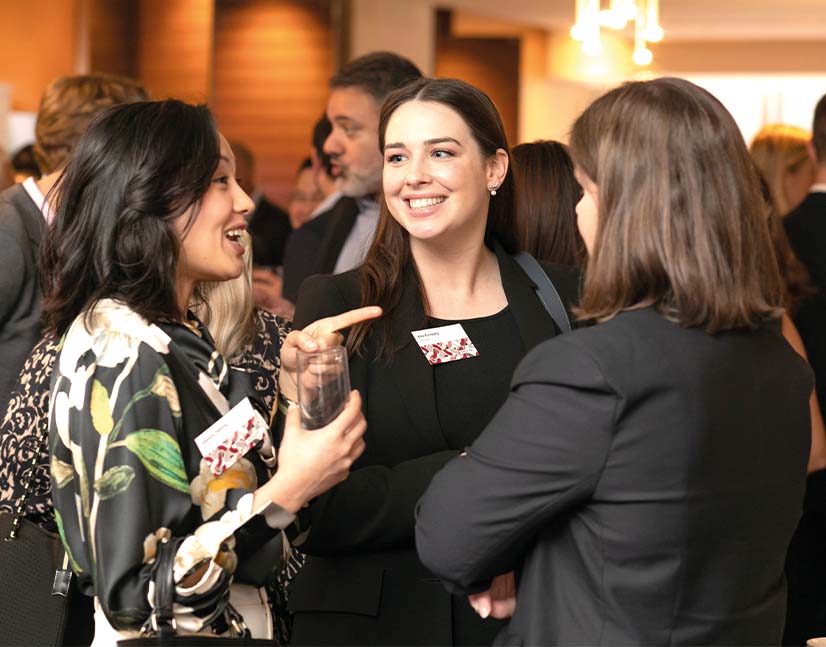
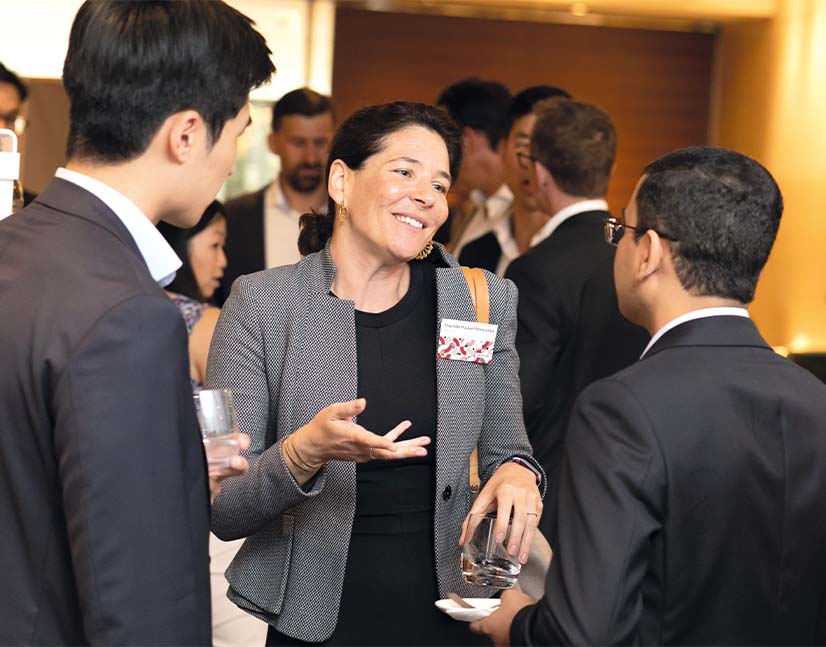
“A lot of clients ask me about generative AI and, in particular, their uncertainty about what it means for them. This means the value it could provide but also issues of ethics and transparency. AI has been around for a long time but we are at the start of a wave right now, and organisations are only just starting to think about how to manage from a risk perspective – particularly because we expect generative AI will be everywhere in the next five years.”
“The taxonomy is a definition system that provides information to the market. If we can define the activities that are going to contribute to the overall vision – which, in Australia’s case, is to meet the Paris Agreement goal of keeping global temperature increase well below 2 degrees and as much as possible within 1.5 degrees – the market can make informed capital allocation decisions based on this information.”
“We want to go as fast as we can to help transition but we also have to make sure there is reliable energy supply and it is affordable to our customers. Based on our modelling, our ambitions mean we have to close all our coalfired power stations by no later than FY29 and the whole NEM would have to close everything coal fired by no later than FY31. There will need to be 98 gigawatts of new capacity built between now and 2030. To put it in perspective, over the last five years the average annual build across the NEM is only 2.2 gigawatts.”
“With transition, it is very important that the ‘rules of the game’ are clear – because of the scale of investment needed to transform problematic businesses, which I believe will have to involve labelled funds and sustainable instruments. These instruments will be critical to the process, in other words – yet there is still an absence of a commonly accepted transition principle to guide them.”
“We are in the privileged and luxurious position of having developed quite significant capacity in our ability to understand and invest in transition sectors. The reality is that it takes an enormous investment in human capital to do this legitimately and intelligently – you can’t just re-target and re-task people to focus on transition investment. A taxonomy should help mitigate concerns about what should or should not be considered a suitable investment.”
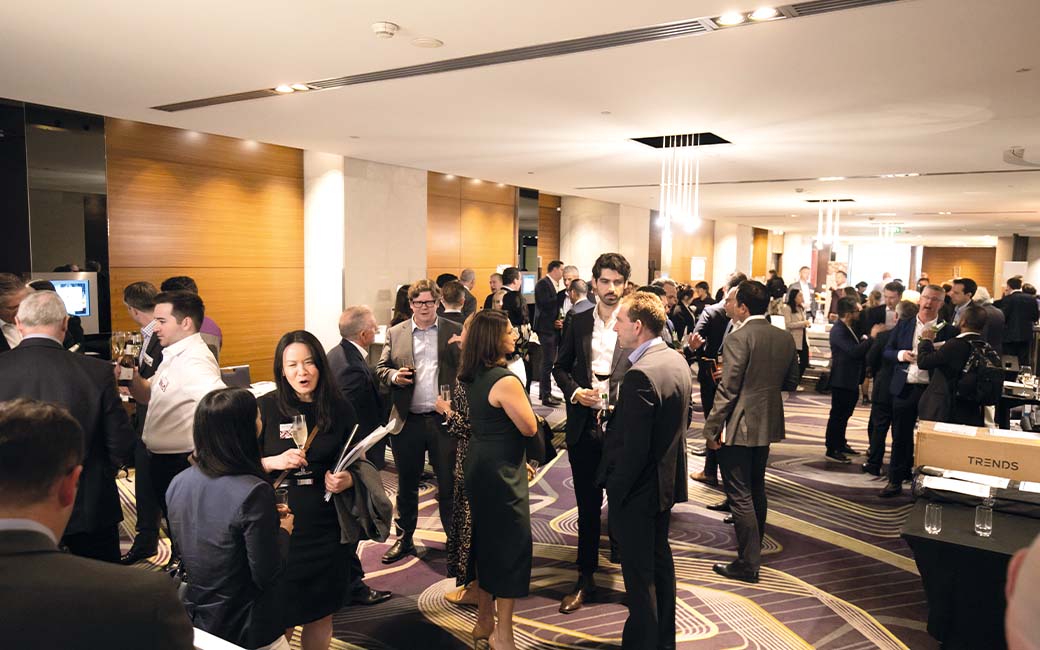
“In the bond market, we are increasingly seeing emissions targets separated into two within sustainability-linked instruments: one covering scope-one and scope-two emissions and a separate one for scope-three emissions, either in their entirety or a substantial portion. We are trying to make sure KPIs remain material and capture enough of overall emissions.”
“We think it is appropriate to increase the level of provisioning as a precautionary measure. In our most recent results, we disclosed that we have increased provisioning by 0.5 per cent even from our model level – which is 6.1 per cent – as a management overlay. This is purely to add a degree of comfort and an additional buffer, even though actual write-offs are performing better than expectations.”
“Australia seems to have a fundamental level of conservatism even on the borrower side: few people borrow the maximum amount available to them at the highest available LVR. The small cohort that does typically does so through the major banks, which means nonconforming loans and nonbank lenders in general have typically performed pretty well, all things considered.”
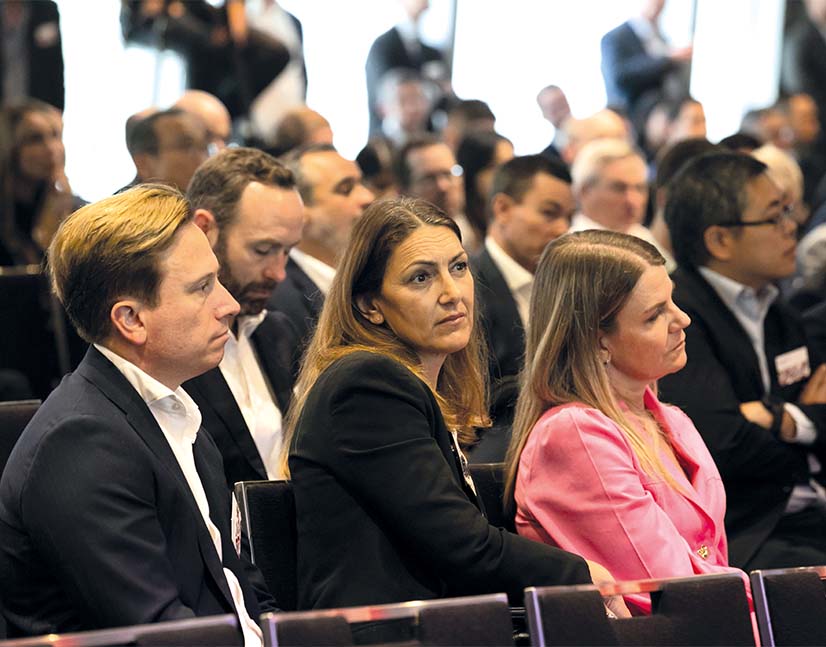

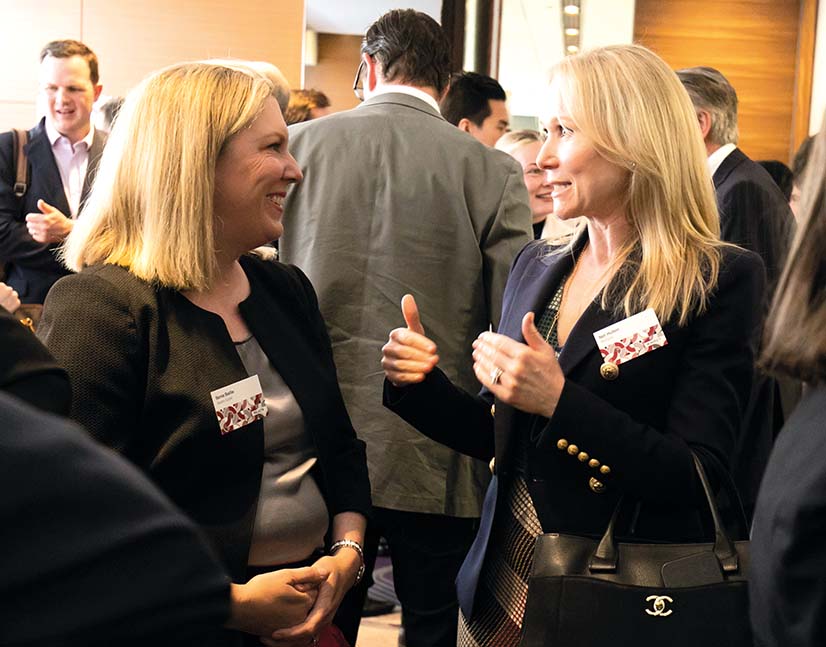
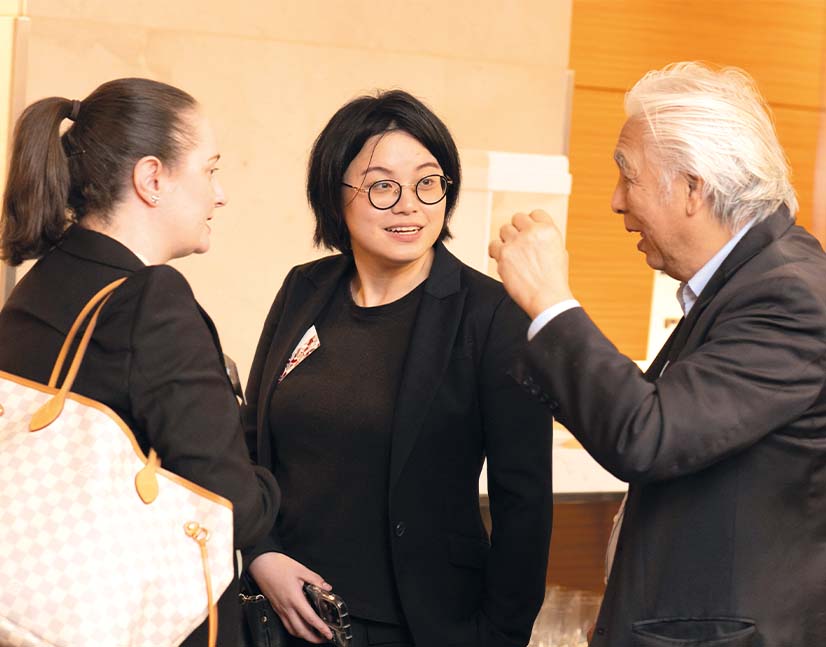
“A few years ago we noticed an increase in owner-occupier interestonly loans – and we have kept an eye on this because we want to make sure it is not an affordability product. The performance profile hasn’t changed, and these loans perform exactly the same as standard variable-rate loans. Borrowers take out these loans for flexibility, but they pay them down as if they were principal and interest format.”
“At the start of the year I was certainly expecting a fair amount of distress to emerge from households as the mortgage cliff was approaching. But there hasn’t been as much pain as originally thought. The resilience of the Australian consumer has somewhat surprised – but it has been supported by wage growth and employment stability.”
“We rate 26 Australian REITs and, coming into the current point of the cycle, every one of them was operating at the low end of its target gearing range or, in some cases, below it. By contrast, we have taken a lot of negative rating actions on our European portfolio because these issuers came into this part of the cycle with very high leverage and just could not manage asset price declines.”
“Organisations like ours are trying to build as many houses as we can but we can’t turn the tap overnight and developers can’t do it themselves – there needs to be a greater role from government, with planning to adjust to support acceleration. The reality is housing supply is going to continue to be challenging. NSW, for instance, has a plan to build around 36,000 homes per annum over the next five years, but we need 60,000 just to keep up with demand. It’s a large gap, and there is no easy way to close it.”

WOMEN IN CAPITAL MARKETS Yearbook 2023
KangaNews's annual yearbook amplifying female voices in the Australian capital market.






